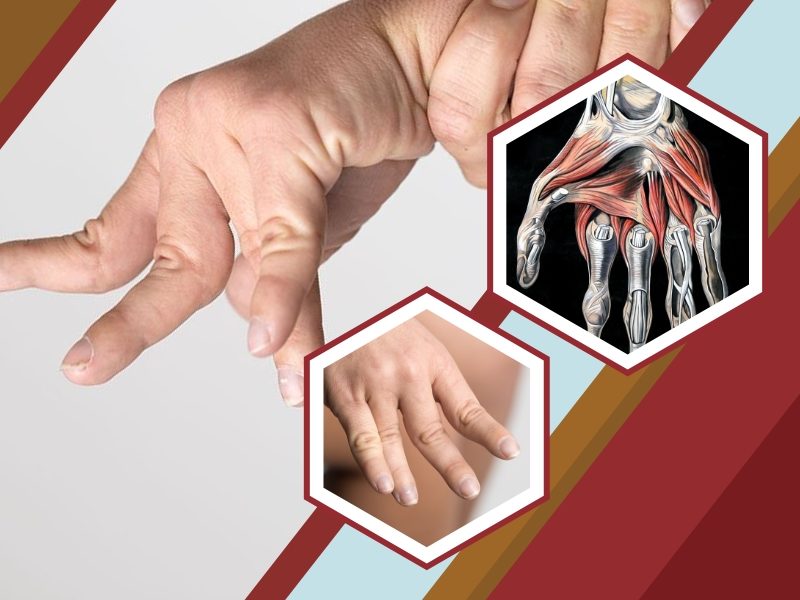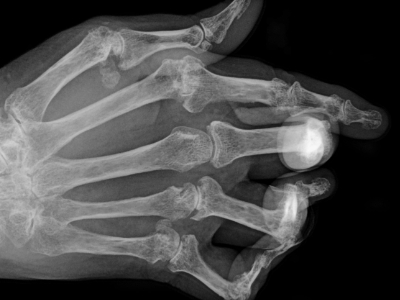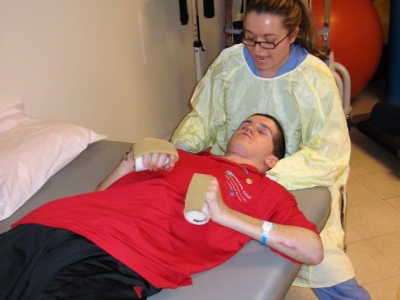Spasticity

What is Spasticity?
Spasticity refers to an abnormal increase in muscle tone or stiffness that interferes with movement, and speech, or may be painful or uncomfortable. It is usually caused by nerve damage within the brain or spinal cord that controls muscle movement that causes spasms.

What Are the Symptoms of Spasticity?
- Overactive reflexes
- Increased muscle tone
- Involuntary movements such as contractions and spasms
- Pain
- Abnormal posture
- Decreased functional abilities
- Permanent contraction of the muscle and
- Bone and joint deformities
Causes of Spasticity
Generally, spasticity is caused by damage or disruption to areas of the brain and spinal cord responsible for controlling muscle and stretch reflexes. An imbalance in inhibitory and excitatory signals, which causes the muscles to lock in place, can cause these disruptions. Spasticity can be harmful to growing children as it can affect muscles and joints. Different degrees of spasticity can be experienced by people with brain injury, spinal cord injury, cerebral palsy, or multiple sclerosis.
Nonsurgical Treatments for Spasticity

- Speech therapy. Speech therapy can help you with speech, communication, and swallowing if you have spasticity in your mouth, face, or throat muscles.
- Casting or bracing. To improve range of motion and facilitate function, you can use casts or braces to stretch spastic muscles.
- Physical therapy. A physical therapist generally focuses on lower extremity stretching and strengthening exercises and mobility training.
- Occupational therapy. Most occupational therapists focus on stretching, strengthening, and training the upper extremities for daily activities such as bathing, grooming, and cooking.
- Assistive devices. A person with spasticity can benefit from a variety of assistive devices that can make everyday tasks easier and more efficient.
Spasticity Treatment
It is important to treat spasticity to improve comfort, mobility, and independence. Our treatment goals include relaxing the muscles as much as possible, relieving pain and stiffness, promoting optimal long muscle growth, and improving ambulation and independence for them.
Medications may be used individually or in combination. Tizanidine is a medication that reduces rigidity, upper motor neuron spasticity, and hyperreflexia. It inhibits polysynaptic reflexes and reduces muscle tone and frequency of muscle spasms. Buy Tizanidine here for spasticity treatment.



